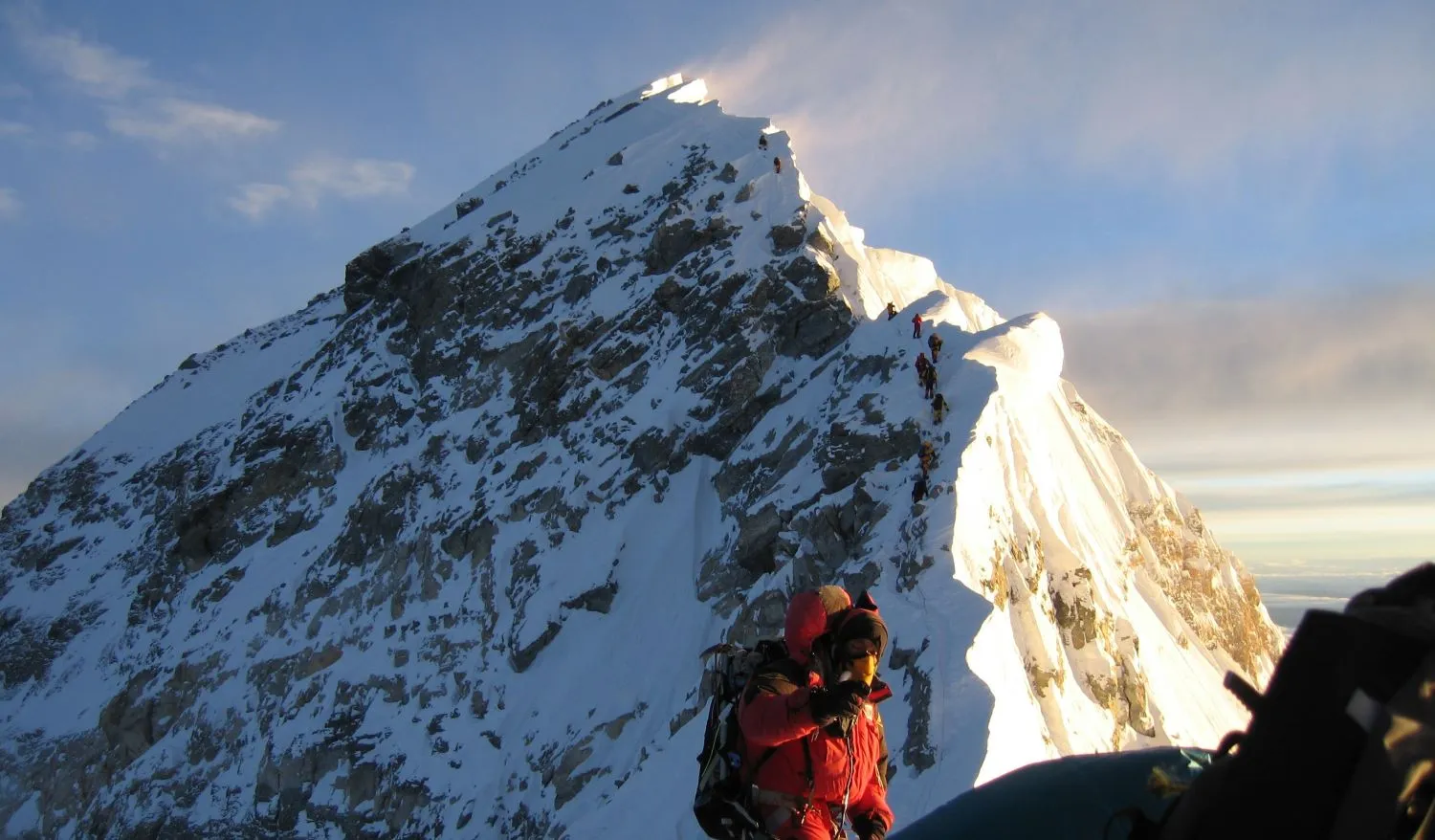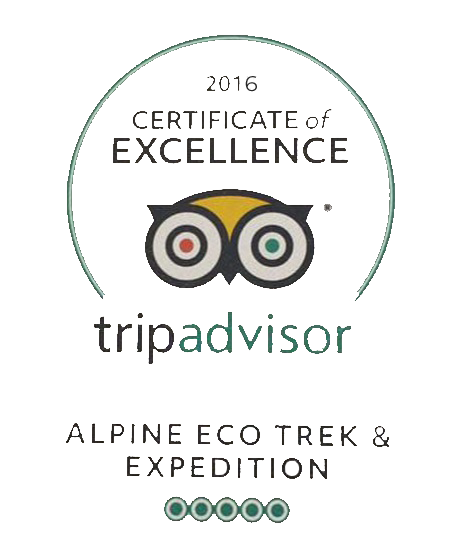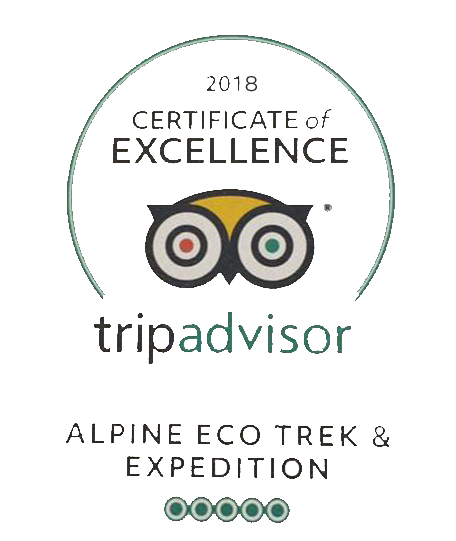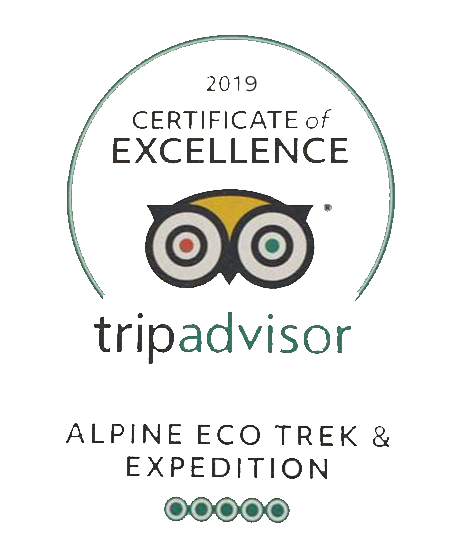Where is Everest Base Camp
-
September 25, 2023
-
Ram Kumar Adhikari
Where is Everest Base Camp
One of the world’s most famous walks is the journey to Everest Base Camp. If you enjoy walking, you must put this on your bucket list! With plenty of time to properly acclimate and take in the beauty, our lodge-based journey carefully follows Edmund Hillary’s route. Before continuing on through the breathtaking Khumbu Valley to Everest Base Camp, the expedition begins with an exhilarating flight into Lukla. Before returning to Lukla, we make the short ascent to Kala Pattar’s summit, where we are rewarded with breathtaking views of the world’s tallest mountain.
On opposing sides of the Himalayas, there are two base camps for Mount Everest: North Base Camp is in China at 5,150 meters (16,900 feet) and South Base Camp is in Nepal at 5,364 meters (17,598 feet) (28°0′26′′N 86°51′34′′E). Mountain climbers utilize the basic campsites known as base camps for both their ascent and descent from Mount Everest. Hikers also stop over to visit them. When ascending via the southeast ridge, South Base Camp is used, whereas North Base Camp is used when ascending via the northeast ridge. Supplies are transported by porters and with the aid of animals, typically yaks, to the South Base Camp. A paved road that exits off of China National Highway 318 leads to the North Base Camp. In order to acclimatize and lower their risk of altitude sickness, climbers often take a few days off in base camp.
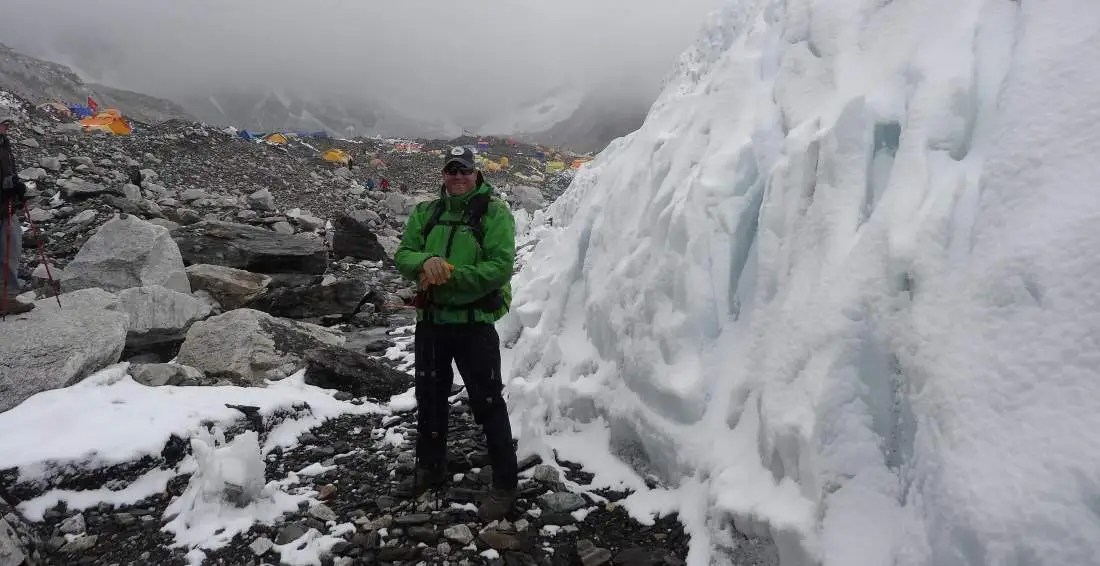
The walk is only difficult because of two factors in particular. First off, even with acclimatization days, you will be hiking for at least 12 days, averaging about 5 to 6 hours per day. To handle this, your body must have become accustomed to walking. The impact of height is the second. By the time you get to base camp, the oxygen content of the air will have decreased by about 50%, making any exertion difficult. If you want to manage this loss of oxygen, it is crucial to train hard before your walk and then go gently through each step. A tortoise challenge is what this is.
South Base Camp in Nepal
A 40,000-person annual journey from Lukla Airport (2,846 m (9,337 ft)) to the south side of Everest Base Camp, which is at an elevation of 5,364 m (17,598 ft), is one of the most well-known trekking routes in the Himalayas.Before starting the journey to the base camp, hikers typically take a flight from Kathmandu to Lukla to save time and energy. However, it is possible to hike to Lukla. Large and heavy commodities can only be transported by plane because there are no roads connecting Kathmandu with Lukla.
Climbers ascend from Lukla along the Dudh Kosi river valley to Namche Bazaar, 3,440 meters (11,290 feet), the Sherpa capital. To get to the village, which serves as the region’s core, it takes roughly two days. Climbers typically give themselves a day of respite at this time to acclimatize. They then continue their trip for two more days to Dingboche, which is located at 4,260 meters (13,980 feet), before taking another day off to continue acclimatizing. The high trail via Mong La and Phortse has recently acquired popularity because of the breathtaking views it affords. Most trekkers stick to the traditional route via Tengboche monastery. They travel for two more days to Everest Base Camp through Gorakshep, the level field below Kala Patthar, which is 5,545 meters (18,192 feet), and Mt. Pumori.
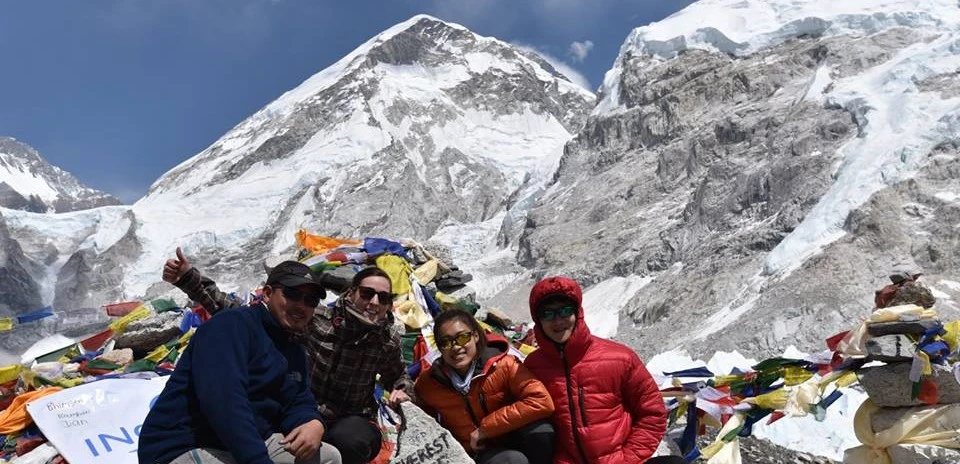
An avalanche on Pumori that raced across the South Base Camp on April 25, 2015, was caused by an earthquake that rocked Nepal and registered a moment magnitude of 7.8. It was reported that as a result, at least 19 individuals died. A second earthquake registering 7.3 on the Mw hit on May 12, just over two weeks later. These earthquakes damaged some of the Everest Base Camp paths, necessitating repairs. On June 17, 2022, it was stated that the camp would be relocated 200–400 meters (m) lower because the Khumbu Glacier, on which the campground is situated, is fast melting and thinning down, making it dangerous for trekkers.
North Base Camp in China
In addition to the permit needed to enter Tibet proper, a visit to the North Base Camp necessitates approval from the Chinese government. Since February 2019, travelers are unable to access the North Base Camp.[9] In the past, such permits could be acquired through Lhasa travel agencies as part of a package tour that also included the employment of a vehicle, driver, and guide. The Friendship Highway near Shelkar, at the southern foot of the 5,220 meters (17,130 feet) high Gyatso La pass, branches to the south, providing a 100 km (62 mile) route that leads to the North Base Camp. With breathtaking views of Mount Everest’s north face, the road leads to Rongbuk Monastery.

All visitors had to depart from the Rombuk guest house in one of the government-managed minibuses or horse-drawn carriages in order to avoid congestion on the final gravel stretch to the climbers’ camp, which was designated by a hill at 5,200 meters above sea level. It was also possible to hike up from the tourist camp, but only after a sufficient amount of acclimatization. The “tourist Base Camp” lies roughly midway between Rongbuk Monastery, whereas the genuine climbers’ Base Camp is situated at the base of the Rongbuk glacier.
People and Culture of Everest Base Camp
The area around Mount Everest is a well-known tourist destination. From all over the world, tourists swarm here to explore the vast mountain range. Although the mountain roads in the Everest region are remarkable, they are not its only attraction. Both the people and culture of Everest are extraordinary. The bulk of people living in the Everest region are sherpas.Sherpas on Everest are unique. They are climbing pioneers. It would be impossible to climb mountains like Everest and many others without them. Their culture and way of life are also fascinating. It is not consistent with the majority of Nepal’s Khas-Arya Hindu culture.
The highest mountains in Nepal are home to the Sherpas, often referred to as Sherwa, a Tibetan ethnic minority. They are also native to Tingri County in the Himalayas and Tibet’s Autonomous Region. Two Sherpa root words are combined to become Sherpa or Sherwa. The terms shar (“east”) and pa (“people”) combine to form the word sherpa. Their geographical ancestors in eastern Tibet are alluded to. The eastern parts of Nepal and Tingri County are home to the bulk of Sherpas. Some people reside further west, north, and in the Helambu region, Bigu, and the Rolwaling Valley. Additionally, they make up the main ethnic group in the Solukhumbu area. Solukhumbu is the location of Mount Everest.The Sherpa language is unique since it is widely used. However, Tibetan is also used on occasion.

The bulk of Sherpas are found in Nepal, where they communicate in both Nepali and their own language. Tibetan is spoken by those who were educated in Tibet or in Tibetan Buddhist monasteries. The majority of persons who work as mountaineers are multilingual. They can also communicate in one or more of the languages spoken by visitors and climbers. The Sherpas construct gompas in which to perform their religious rites. Tengboche was the first monastery in the region to follow celibacy. Many of these monasteries can be found in Nepal along the mountain paths. This suggests that Sherpas are present nearby.
The majority of Sherpas are Buddhists. Their main holiday is the Loshar festival. Lhosar’s Sherpa name is Gyalpo Lhosar. It takes place in either February or March according to the English calendar. Guthunk and chhyang (Tibetan beer) dumpling feasts are held to commemorate the occasion. The homes are especially clean in the kitchen, which is where the family eats. Another holiday celebrated there is Mani Rimdu. It usually takes place in October. The event is significant to the Sherpa. It is extensively observed in the Tengboche monastery. Enjoy breathtaking views of the Ama Dablam mountain in the Everest region while you celebrate. Monks take part in symbolic dances to lament the celebration. They dress ostentatious and perform demon-slaying acts. There are several superstitious beliefs practiced by Sherpas. In addition, they believe that spiritual teachers can reincarnate. Sherpas have a strong belief in valleys and undiscovered riches. They strongly believe in the Yeti. People have believed the yeti to be genuine for ages. The Yeti is generally depicted in traditional artwork as a monster with long, shaggy hair that resembles a human.
Clothing
Tibetans dress in a manner reminiscent of Sherpas. Wool and silk produced at home are gradually being supplanted by manufactured products. Today, Sherpas frequently don ready-made western attire.Commonly, men wear kitycow robes that fall just below the knee.These clothes are referred to by the names Chhuba, Tolung, Raatuk, Kanam, and Tetung.
When the cloth sash known as the chhuba is tied, a pouch-like area known as the tolung is formed around the waist. With their chhuba, they wear a pouch referred to as a tolung. It can hold and transport small objects. An inside blouse is known as a raatuk. Chhuba Kanam is the name of the pair of pants they wear with it.The outer layer is made of tetung.

Women frequently wear Tongkok as well. They are long-sleeved wool floor-length dresses. In the summer, they wear a sleeveless version called angi over a raatuk blouse. These are used with striped aprons in bright colors, metil in front and gewe in rear. To bind the garment together, a kyetig, or engraved silver clasp, is employed.
Lifestyle
Sherpas live frugally; many depend on trade and agriculture for livelihood. They raise yak in addition to other crops like potatoes and wheat. Depending on the season, Sherpas frequently reside in a variety of modest stone huts in both the highlands and the lowlands.
Sherpas are well-known for being knowledgeable locals and competent mountaineers. They were useful to early Himalayan explorers. They served as guides at the high altitudes of the peaks and passes in the area. Sherpas played a crucial role in Mount Everest ascents. The fact that Tenzing Norgay Sherpa was one among the earliest expeditors is proof. Any guide or climbing aide hired for Himalayan mountaineering expeditions is now referred to as a “Sherpa” in a derogatory manner. The bulk of traditional Sherpas still make a living through mountaineering nowadays. Sherpas typically run the majority of hotels in the Everest region. The Sherpa ethnic group resides in the Namche settlement. They treat you with great hospitality when you visit Namche.
Sherpas are a term used to describe a variety of ethnic groups who have proven extraordinary mountaineering and hiking skills. Establishing the camp, overseeing the porters, and guiding the trekkers to safety are all responsibilities of the Sherpa. One who serves as a mountain guide is referred to as a “Sherpa” nowadays. The expedition’s driving force, the Sherpa guides bring extra supplies, food, oxygen, and water bottles. They are also excellent navigators. Climbers can use them to navigate icefalls, avalanches, and high altitudes because they can survive temperatures as low as -50°C. Sherpas are usually seen of as altruistic people and are considered the finest friends of international mountaineers.
According to scientific research and an American study conducted in 1976, sherpas seem to be genetically adapted to high altitudes. Examples of adaptations include special hemoglobin-binding enzymes, doubled nitric oxide production, glucose-using hearts, and lungs that perform better in low oxygen settings.
Cultural Beliefs and eating habits
Sherpas view mountain summits as God’s home, which should be treasured rather than conquered. Even Sherpas who do not engage in climbing share the conviction that disrespecting the Gods causes mishaps. They maintain that in order to provide sacrifices to the Gods, prayer rituals called pujas must be completed prior to climbing excursions. Because they value the mountains, Sherpas have made an effort to prevent foreign climbers from taking part in invasive or polluting activities. They oppose actions like burning trash and killing animals that, in their opinion, will make people disrespect the gods.

Many Sherpas are fueled by Dal Bhaat, a traditional Nepalese food, for long and arduous excursions. There is a lot of white rice in this dinner, along with curried vegetables and lentil juice. For the Sherpas to stay healthy and have adequate energy at high elevations, a carb-based diet is crucial.
Risks during Everest base camp
Spending nearly three days at a height of 5000 meters is required for the Everest Base Camp expedition. This falls under the acute mountain sickness (AMS), High altitude pulmonary edema (HAPE) and High altitude cerebral edema (HACE) hazard zones. The likelihood of being unwell is decreased because the ascent profile to this altitude is slower than, for example, Killimajaro. More time above 5000 meters is spent than on Kilimanjaro, but we can’t descend as rapidly. A group member was identified by our doctor as having early-onset HAPE while we were traveling. This was before we climbed to 5000 meters. The client had to descend, so the choice was clear.
Most of the guests at Gorakshep displayed mild AMS symptoms, including headache, breathing problems, and some slight nausea. At this height, this is reasonable. None, however, displayed symptoms of mild to severe AMS, which would have called for a swift descent. The majority of the visitors to Gorakshep had mild AMS symptoms, such as headache, breathing issues, and a little bit of nausea. This makes sense at this height. However, none showed signs of mild to severe AMS, which would have necessitated a quick descent.
High-Altitude Pulmonary Edema (HAPE), the first, is brought on by a lack of oxygen at greater elevations. As a result of the pressure, the lung veins become weaker and eventually rupture. This may result in a hazardous fluid buildup. Extreme exhaustion, breathlessness at rest, and bloody coughing are all signs of HAPE. High-Altitude Cerebral Edema (HACE), in which the brain accumulates excess fluid, swells, and loses functionality, can result from HAPE. As the body has to keep the brain supplied with oxygen at all times, an increase in blood flow is a typical reaction to low oxygen levels at higher elevations. However, fluid may seep out and cause HACE if the blood arteries in the brain are compromised. There may be confusion, mental confusion, fever, and loss of consciousness. If detected early enough, HAPE and HACE can be treated, but if not, they can be fatal.
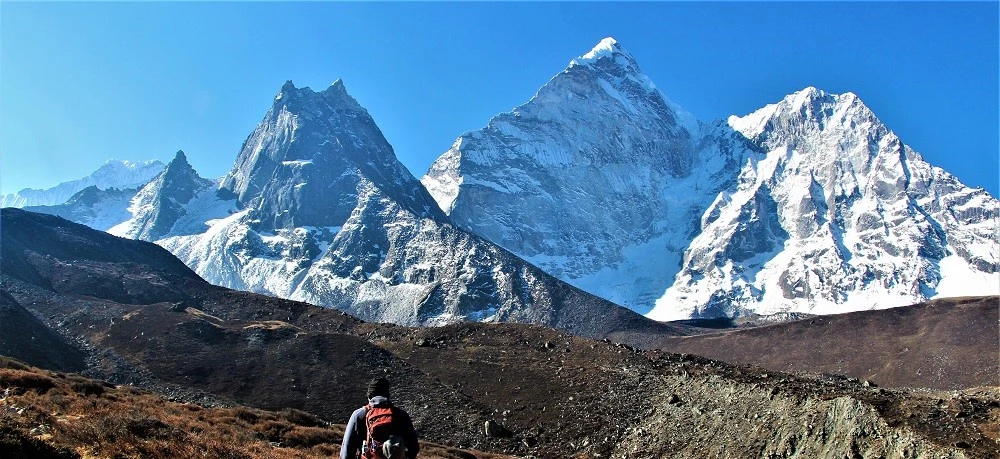
The science of who becomes sick and who doesn’t is imprecise; frequently, physically fit people can have problems. Often, it has little to do with being fit. The best advise is to ascend gradually, drink lots of water, and take diamox as preventative medicine. On an Earth’s Edge trek, we choose a moderate ascent profile and stay two nights in Namche Bazaar and Dingboche. These days of acclimatization are incredibly crucial. Even when you feel exceptionally strong, you must ascend carefully.
The usual risks of trekking are other factors that can make Everest Base Camp risky. Your greatest adversaries are falling, dehydration, and excessive exertion that results in harm. These problems are easily resolved by an expert guide. The possibility of a glacial lake bursting, sometimes known as a GLOF or Glacial Lake Outburst Flood, is a startling but incredibly unlikely possible peril. An example of an outburst flood that happens when water that has been held back by a glacier or a moraine is released is a glacial lake outburst flood. Every few years, these disastrous occurrences actually take place in the Himalayas, wreaking havoc and wreaking havoc on everyone unlucky enough to be trapped in their path.
Fortunately, these occurrences are relatively uncommon. However, there are signs indicating what to do in the event of a GLOF in every Himalayan valley. To escape this glacier debris tsunami, move to higher ground. The largest risk on the trail, particularly for high-altitude treks in the Himalayas, is dehydration. When engaging in rigorous activity, many people underestimate the amount of water they require. Because of the dry air, breathing at altitude causes higher water loss than it does at lower altitudes. People become dehydrated because they don’t feel like drinking water because of the cooler weather. The secret is to drink frequently and little.
Precautions
Thousands of adventurers travel to Nepal each year to walk to Everest Base Camp. Being the location of the world’s highest peak, Nepal is nothing short of a trekking and adventure lover’s paradise. Trekkers who complete the Everest Base Camp journey are rewarded with a magical experience that will last a lifetime. The beauty and adventures of the EBC trekking trail are amazing. The trail provides views of lofty mountains, amazing valleys, stunning Sherpa villages, delightfully lush green foliage, and the opportunity to climb upward and downhill.
Along with the breathtaking environment, the trek also provides you with a glimpse into the Sherpa community’s way of life and culture. Your trip to Everest Base Camp will be one of the most memorable experiences of your life thanks to the region’s exceptional combination of stunning natural beauty, fascinating culture, and friendly hospitality.The spring season, from March to May, and the fall season, from September to November, are the greatest times to embark on the EBC journey. In these seasons, the weather improves and the days get rather warm.The other two are not recommended because the trail becomes muddy in the wet season and many routes are closed in the winter because of heavy snowfall. The busiest times are in the spring and fall, when there are also the most tourists.
Due to the disappearance of trekkers in the Himalayas, the Nepali government has made hiring a guide mandatory for trips to Everest Base Camp. Although hiring a guide and porter has many advantages in the uncharted, inaccessible highlands, you can still go on a solo trek. They will not only show you the finest path, but also assist you in learning about the customs and culture of the area.Reservations with a trekking company are the simplest way to trek on unexplored mountain trails. They take care of everything for you, including organizing your transportation to and from the airport and the lodgings for the trek. You may put all of your concerns to rest by just organizing your trip with them. Mountain Sherpa Trekking and Expedition has been offering trekking and tourism services for more than 25 years. We will assist you on your journey with trained Sherpa porters and guides, and we unconditionally guarantee your success.
For the trek to EBC, you must have great mental endurance. You will be trekking through the Khumbu region’s isolated mountains, where there are no nice paths and accommodations like you would have at home. On the path, you won’t be able to indulge in the world’s opulence and comforts. You must therefore be ready for the mountainous environment and for living there.If you have the mental strength, you will be able to enjoy the stunning Himalayan views and the varied landscapes of the Khumbu region. Everest Base Camp is a walkable distance at a high altitude. You can finish the walk if you are physically capable. You will be walking a lot in the mountains for the next 14 days. The majority of the hikes will be uphill, but there will also be some descents. In order to prepare for the adventure, it is advised to walk for at least an hour each day for a month.
Additionally, you should exercise frequently to strengthen your muscles so that you can navigate the challenging mountain routes. To prepare for the walk, it is advised that you do a short hike first. If there are no hills close to where you live, you can practice by running up and down the stairs of your home while wearing a backpack.Trekking to Everest Base Camp is a wonderful and exciting way to explore the surrounding natural beauty. You shouldn’t ram through the hike by moving quickly. To fully experience every part of this walk, you should move slowly and deliberately.
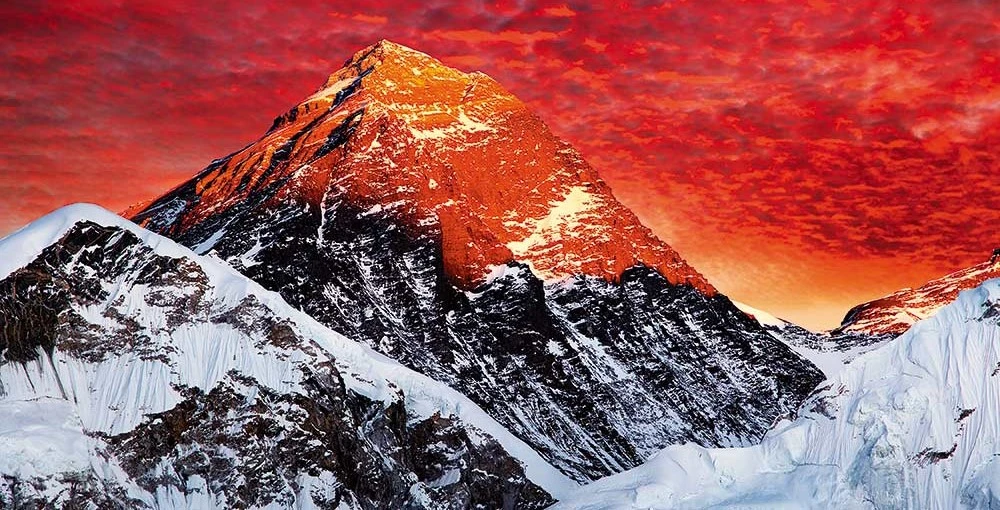
One of the most important pieces of advise is to drink enough of water throughout the entire trip. Trekking requires constant hydration because doing so reduces the possibility of getting altitude sickness. Keep a water bottle close even if you do not feel thirsty and sip from it sometimes. Your body loses water faster at higher altitudes than it does at sea level. Therefore, hydrating yourself with water should be your main goal. Acute mountain sickness is very prevalent at higher altitudes, and staying hydrated is one of the best strategies to avoid it.It’s essential to safeguard against acquiring severe mountain sickness when you’re at a high altitude. You should exercise caution when it comes to physical changes in your body and symptoms of acute mountain sickness. If your body begins to display AMS symptoms, you must get help.
As soon as you feel AMS signs in your body, you must move gradually and carefully. Additionally, you need to acclimatize well and sufficiently. You also need to give your body enough time to become used to the higher altitude and mountainous terrain. You can take the needed drugs if your AMS is severe.
Because of UV exposure, the sun’s rays are more dangerous at higher altitudes. It is essential that you cover up so that harmful UV rays won’t hurt you. To protect yourself from sunburn, use a decent sunscreen and put on a sun hat. They aid in lowering the chance of sunburn and bothersome wrinkles. When trekking to Everest Base Camp, it’s crucial to keep in mind that you are there to have fun and that you will see a lot of lovely and amazing things along the way. Therefore, to fully appreciate everything of nature, you must maintain a peaceful and relaxed state of mind. Trekking to Everest Base Camp is an experience of a lifetime, but it’s important to be healthy and active while out on the path.



